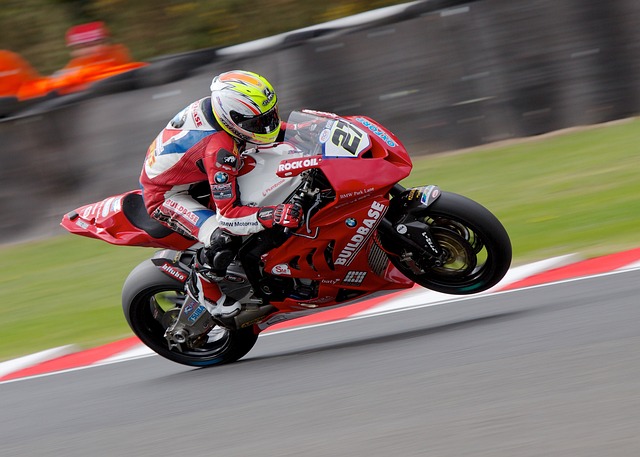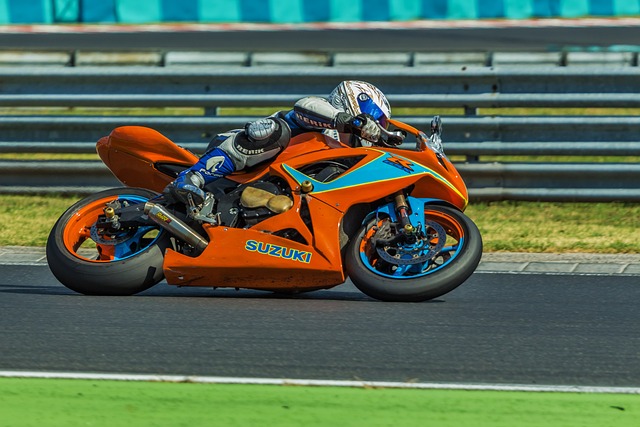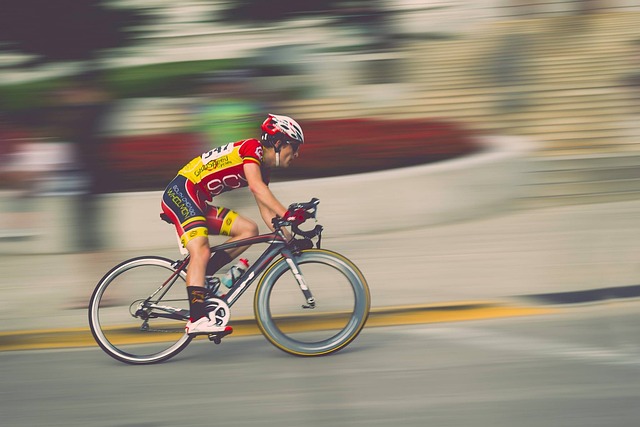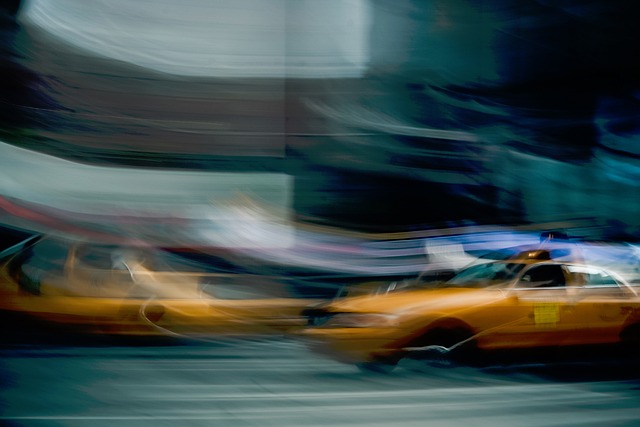panning in photography
Scott Umstattd
What is Panning?
Panning is a photography technique where you follow a moving subject with your camera, using a slower shutter speed to create a sense of motion. The subject remains relatively sharp while the background becomes blurred, emphasizing the movement and speed.
Tips for Effective Panning
Choose the Right Shutter Speed: Start with a shutter speed between 1/30 and 1/60 of a second. Adjust based on the speed of your subject; faster subjects may require faster shutter speeds.
Steady Your Stance: Stand firmly with your feet shoulder-width apart. Pivot smoothly at the waist while following the subject to maintain stability.
Focus on the Subject: Use continuous autofocus (AF-C) to keep your subject in sharp focus as it moves. Pre-focus on a spot where you expect the subject to pass.
Smooth Motion: Begin panning before the subject enters your frame and continue smoothly following through after you’ve taken the shot. This ensures a consistent motion blur.
Practice and Experiment: Panning requires practice to perfect. Experiment with different shutter speeds and subjects to understand what works best for your desired effect.

Using Panning Technique

Not Using Panning Technique
How Panning Increases Photo Interest
Conveys Motion and Speed: Panning effectively captures the dynamic essence of movement, making photos more exciting and lively. It’s particularly useful for subjects like dancers, vehicles, or athletes.
Focuses Attention: By keeping the subject sharp against a blurred background, panning directs the viewer’s attention precisely to the subject, highlighting its importance and movement.
Creative Effects: The technique adds an artistic element to your photography. The blur can create a sense of energy and urgency, adding drama and interest to otherwise static scenes.
Unique Perspectives: Panning offers a way to portray familiar scenes in a new and unique manner, making your photos stand out by presenting movement and action creatively.
Panning Simplified
Panning captures motion with a sharp subject and blurred background.
Choose Shutter Speed: Use 1/30 to 1/60 sec for optimal motion blur.
Smooth Movement: Follow the subject smoothly; start before and end after the shot.
Focus and Stability: Use continuous autofocus; keep a steady stance.
What is not panning?
Motion Blur
Motion blur is the streaking effect created when a moving subject appears blurred due to a slow shutter speed. Unlike panning, where the subject is kept sharp while the background blurs, motion blur affects the entire image, capturing the movement of the subject itself, making it appear as a streak across the frame.
Camera Shake
Camera shake occurs when the camera unintentionally moves during exposure, causing the entire image to appear blurry. Unlike panning, where the camera intentionally follows a moving subject to create a sharp subject and blurred background, camera shake results in an unwanted blur across the whole image due to instability.













